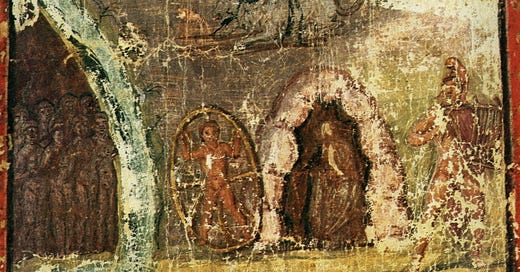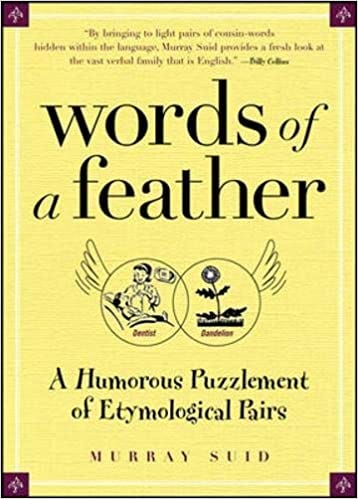Reading Like a Roman
The Vergilius Vaticanus is the oldest extant illustrated Roman manuscript, and in this delightful article, Alex Tadel takes us on an illustrated tour. This digitized copy (circa 400 AD) of the Vergil’s Georgics and Aeneid is also fascinating. Wikipedia Commons also hosts these illustrations from the work.
Reading Like a Christian Humanist
I am writing my doctoral dissertation on Christian humanism, particularly the Christian humanists Flannery O’Connor, C. S. Lewis, and J. R. R. Tolkien, and their use of the grotesque in literature as a way of exploring and commenting on secular modernity’s influence on the soul.
When asked why she used freaks in her novels, Flannery O’Connor noted one of the primary reasons was to show her readers, in an exaggerated form, what a distorted human being was like. Often misunderstood and sometimes even the object of contempt by people too prudish or offended to look deeper, O’Connor produced characters no more “freakish than ordinary fallen man usually is,” even if her audience thought so.
In an essay titled, “Some Aspects of the Grotesque in Southern Fiction,” O’Connor explains,
In these grotesque works, we find that the writer has made alive some experience which we are not accustomed to observe every day, or which the ordinary man may never experience in his ordinary life. We find that the connections which we would expect in the customary kind of realism have been ignored, that there are strange skips and gaps which anyone trying to describe manners and customs would certainly not have left. Yet the characters in these novels are alive in spite of these things. They have an inner coherence, if not a coherence to their own social framework. Their fictional qualities lean away from typical social patterns, toward mystery and the unexpected.1
For O’Connor, Lewis and J. R. R. Tolkien, a credible conception of the whole man would be rooted in theological terms; and specifically, in terms of Christian theology. And, this is why for the Christian humanist, the grotesque is not just about shock value, an “artistic technique” that has worn itself out on modern art, as Sam Kahn rightfully asserts in his essay, Against Shock.
Later in the same essay, O’Connor writes, “Whenever I’m asked why Southern writers particularly have a penchant for writing about freaks, I say it is because we are still able to recognize one. To be able to recognize a freak, you have to have some conception of the whole man, and in the South the general conception of man is still, in the main, theological.”2
Re-Reading Education
Last year, my colleagues and I produced a short film on the American Education system and I’ve noticed that it has been making some rounds again. This may be, at least in part, because Classical Christian Education is getting more mainstream attention these days. The film is titled, We’ve Been Schooled and it’s only 11 minutes long. I’d love for you to check it out.
And whatever your thoughts on mainstream media and Fox Nation, they recently aired a short series on Classical Christian Education titled, The Miseducation of America, in which they make the observation that we have lost the Christian Paideia in our education system. It’s a bit sensational, but I think that’s to be expected given the outlet. They even interview a few extended colleagues and you can watch it free by using the code: classroom.
If you’d like to learn more about classical Christian education, you can also check out Kepler Education, a free-market platform I’ve been part of developing which allows families to find high-caliber teachers (think old-school tutor model) to assist them in educating their children or even a full-scale diploma track. Kepler has even partnered with several colleges to offer dual-enrollment college credits to high school students. No more kowtowing to the gatekeepers. Quality, affordable alternatives to acquiring a college education are here to stay.
On My Nightstand
Right now, my book pile is literally too large to list because of several writing and research projects that are taking up lots of space, but there are two little delightful books I would like to recommend because I know you’ll be tickled by them. The first is Chivalry, the Path of Love and the second is Words of a Feather. Chivalry is a short introduction to the history of chivalry and courtly love and Words of a Feather is a “humorous puzzlement of etymological pairs.” For example, have you ever considered what the words Adversary and Advertisement have in common? You’ll have to pick up the book to find out.
Flannery O’Connor, Collected Works, 815.
Flannery O’Connor, Collected Works, 817.







